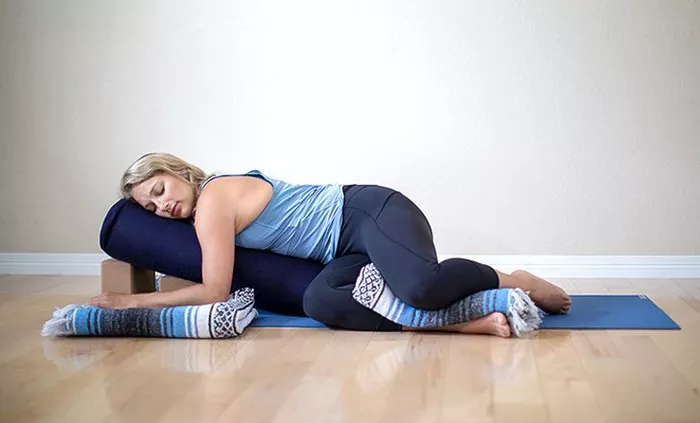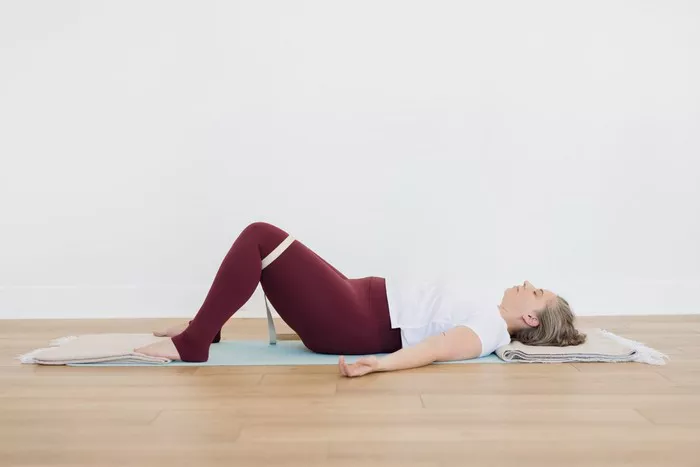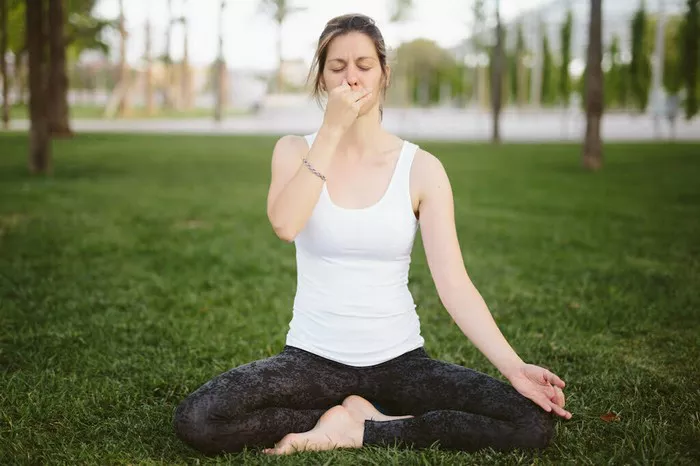Siddha Yoga is a powerful and transformative form of yoga that is often regarded as one of the most profound paths of spiritual practice. It is rooted in ancient traditions of meditation and self-realization, with a primary focus on awakening the inner energy and elevating the consciousness. This path is not only about physical postures or asanas, but also emphasizes the cultivation of wisdom, stillness, and connection to the divine. In this article, we will explore the origins, practices, benefits, and spiritual significance of Siddha Yoga, as well as how it can be integrated into modern life.
The Origins of Siddha Yoga
The word “Siddha” is derived from the Sanskrit term “Siddhi,” meaning achievement, accomplishment, or perfection. In the context of Siddha Yoga, “Siddha” refers to a state of divine attainment or spiritual perfection. This form of yoga has deep roots in the tradition of Tantric practices, which emerged in ancient India and are closely associated with the philosophy of non-duality (Advaita Vedanta). Siddha Yoga is also influenced by other traditions, such as Bhakti Yoga (the path of devotion), Jnana Yoga (the path of knowledge), and Raja Yoga (the path of meditation).
The system of Siddha Yoga was largely shaped by great masters and sages throughout history, particularly the revered saint and yogi, Swami Muktananda. Swami Muktananda is credited with reviving and popularizing Siddha Yoga in the 20th century. He established the Siddha Yoga path as a formal discipline for spiritual growth and initiated thousands of followers into its practices.
Core Principles of Siddha Yoga
Siddha Yoga is built on several key principles that guide practitioners toward a deeper understanding of themselves and the universe. These principles include:
Guru-Disciple Relationship
One of the central tenets of Siddha Yoga is the relationship between the guru (spiritual teacher) and the disciple (student). In Siddha Yoga, the guru plays a vital role in guiding the disciple on their spiritual journey. The guru is viewed not only as a teacher but as a living embodiment of divine wisdom, offering wisdom, energy, and initiation to the practitioner. The relationship is rooted in love, respect, and surrender, and through this bond, the disciple can access deeper levels of consciousness.
Kundalini Awakening
A significant aspect of Siddha Yoga is the awakening of the dormant energy known as Kundalini. Kundalini is believed to reside at the base of the spine in the Muladhara (root) chakra. When awakened, this energy rises through the central channel (Sushumna) to reach the Sahasrara (crown) chakra at the top of the head. This process leads to spiritual enlightenment, the experience of higher consciousness, and ultimate self-realization. Practices such as meditation, mantra chanting, and specific asanas are used to facilitate this awakening.
Meditation and Contemplation
Meditation forms the core of Siddha Yoga. The practice involves focusing the mind on the divine, using specific techniques to quiet the fluctuations of the mind and connect with the inner self. It is believed that by meditating regularly, practitioners can attain inner peace, clarity, and a deep sense of connection with the universal consciousness. Meditation in Siddha Yoga often involves the repetition of sacred mantras, contemplation on the nature of the self, and tuning into the breath.
Selfless Service (Seva)
Seva, or selfless service, is an important part of Siddha Yoga. Practitioners are encouraged to engage in acts of kindness, compassion, and service to others. This practice helps cultivate humility, purifies the heart, and fosters a sense of unity with all beings. Seva can take many forms, including volunteering in the community, supporting charitable causes, and offering service to the guru and the spiritual community (satsang).
Satsang
Satsang, meaning “company of the truth,” is a gathering of like-minded individuals who come together for spiritual practice and discussion. In Siddha Yoga, satsang provides an opportunity for spiritual seekers to connect with one another, share experiences, and learn from the teachings of the guru. Satsangs are typically composed of meditation, chanting of mantras (kirtan), and discourse on sacred texts and philosophical teachings.
Chanting and Mantras
Chanting mantras is another essential practice in Siddha Yoga. Mantras are sacred sounds or phrases that, when repeated, have the power to elevate the consciousness and purify the mind. One of the most common mantras in Siddha Yoga is “Om Namah Shivaya,” which is a salutation to the divine within. Chanting mantras helps to calm the mind, cultivate a deep sense of inner peace, and connect with the universal consciousness.
The Practices of Siddha Yoga
Siddha Yoga is a holistic system that integrates multiple practices, each designed to purify the mind, body, and spirit. Here are the main practices that make up the Siddha Yoga path:
Asana (Physical Postures)
While Siddha Yoga is not primarily focused on physical postures, asanas still play a supporting role in preparing the body for meditation and energy awakening. The practice of asanas is used to improve flexibility, strength, and vitality. Common asanas in Siddha Yoga include seated postures like Sukhasana (easy pose) and Padmasana (lotus pose), as well as poses that help open the energy channels, such as forward bends and backbends.
Pranayama (Breath Control)
Pranayama is the practice of controlling the breath to regulate the flow of life force energy (prana) in the body. In Siddha Yoga, pranayama is used to balance the mind, calm the nervous system, and support the awakening of Kundalini. Techniques such as Ujjayi breath, Nadi Shodhana (alternate nostril breathing), and Kapalabhati (breath of fire) are commonly used in this practice.
Dhyana (Meditation)
Meditation is the cornerstone of Siddha Yoga. It is through regular meditation that practitioners experience the deep states of concentration and spiritual insight. Meditation can be practiced in various forms, including focused meditation on the breath, mantra meditation, and visualizations. The goal of meditation in Siddha Yoga is to reach a state of profound stillness and clarity, where one can experience the oneness with the divine.
Kundalini Awakening
One of the primary objectives of Siddha Yoga is to awaken the dormant Kundalini energy. This is done through specific meditation techniques, breathwork, and mantra chanting. The awakening of Kundalini is believed to lead to a state of heightened awareness, spiritual enlightenment, and the realization of one’s true nature. It is important that this process is guided by a qualified teacher to ensure it is done safely and effectively.
Mantra Chanting (Japa)
The repetition of mantras, also known as Japa, is a key practice in Siddha Yoga. Mantras are believed to carry a vibrational frequency that aligns the practitioner with higher states of consciousness. The chanting of mantras can be done aloud or silently, and practitioners often use malas (prayer beads) to keep track of the number of repetitions. Regular mantra practice helps to cultivate focus, devotion, and connection to the divine.
Self-Inquiry (Atma Vichara)
Self-inquiry is the practice of turning the mind inward and questioning the nature of the self. In Siddha Yoga, practitioners ask themselves fundamental questions such as “Who am I?” or “What is the true nature of the self?” This practice helps to dissolve the illusion of the ego and reveals the underlying oneness of all existence.
Benefits of Siddha Yoga
The practice of Siddha Yoga offers a range of physical, mental, and spiritual benefits. These benefits include:
Inner Peace and Calmness: Regular practice of meditation, pranayama, and mantra chanting helps calm the mind and reduce stress. Siddha Yoga practitioners often experience a deep sense of inner peace and tranquility.
Spiritual Awakening: Siddha Yoga is ultimately a path of spiritual awakening. Through the guidance of the guru and the awakening of Kundalini, practitioners may experience profound insights into the nature of reality and the self.
Improved Health: The combination of physical postures, breathwork, and meditation improves overall health and vitality. Many practitioners report feeling more energized, balanced, and free from physical ailments.
Heightened Awareness: As practitioners deepen their practice, they develop a heightened sense of awareness and mindfulness. This leads to greater clarity of thought, better decision-making, and a deeper understanding of the world around them.
Emotional Healing: Siddha Yoga also promotes emotional healing. By purifying the mind and ego, practitioners are able to release negative emotions, such as fear, anger, and resentment, and cultivate qualities like compassion and love.
Conclusion
Siddha Yoga is a profound spiritual discipline that integrates various aspects of yoga and meditation to awaken the inner self and elevate consciousness. It offers a holistic path to spiritual growth, emphasizing the importance of meditation, the guidance of a guru, selfless service, and the awakening of Kundalini energy. Through consistent practice, Siddha Yoga enables individuals to experience inner peace, heightened awareness, and deep spiritual transformation. Whether you are new to yoga or have been practicing for years, Siddha Yoga offers a powerful and enriching path to connect with your true nature and live a life of fulfillment and purpose.
In a world filled with distractions and external pressures, Siddha Yoga offers a timeless and transformative tool to reconnect with the divine and experience the profound joy of self-realization. By practicing with sincerity and dedication, anyone can embark on this sacred path and experience the bliss and freedom that lie within.
Related Topics:
















